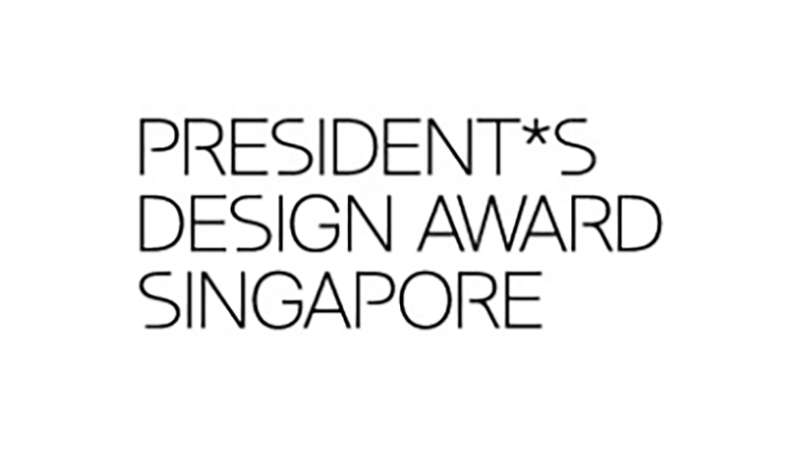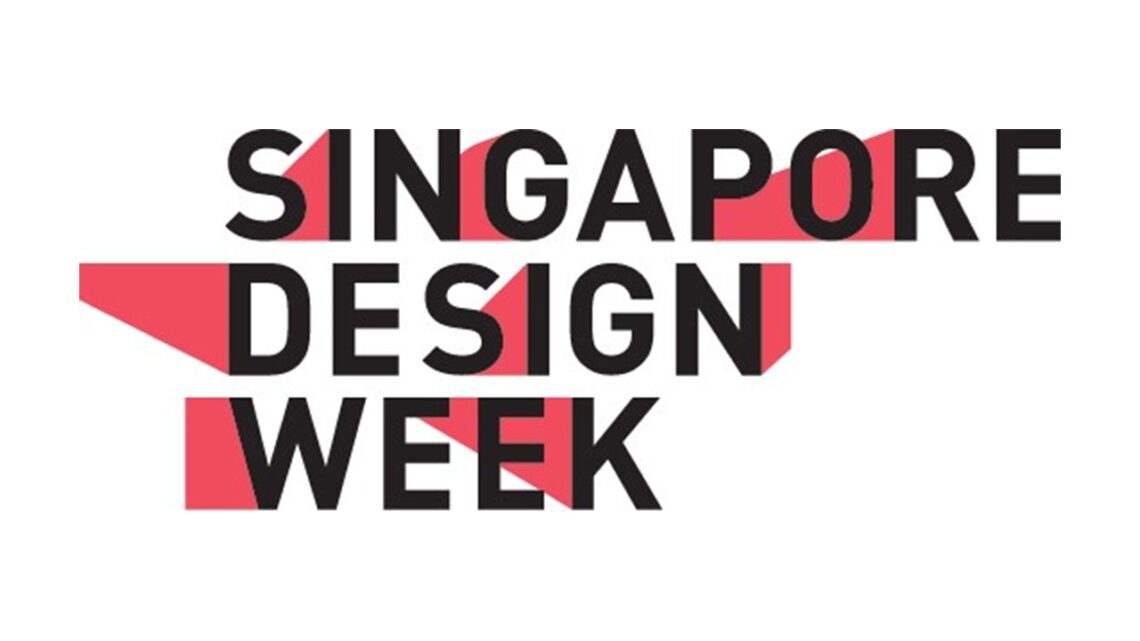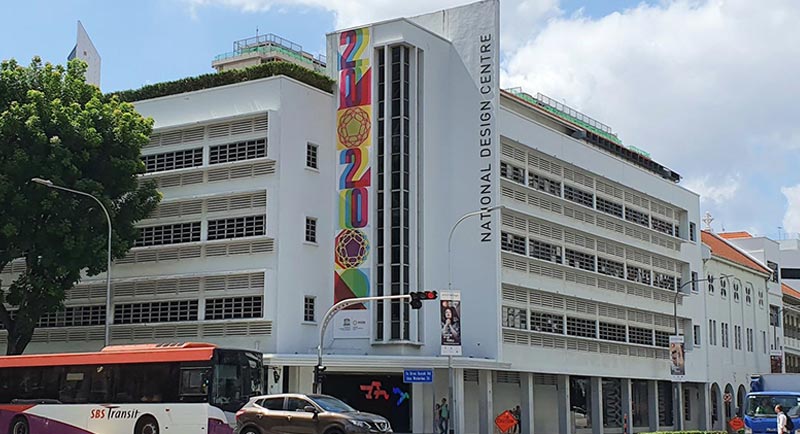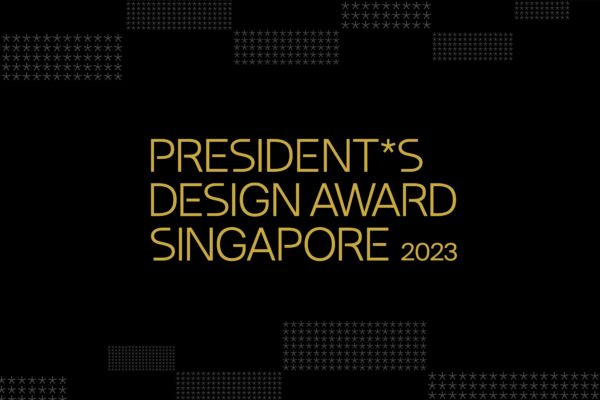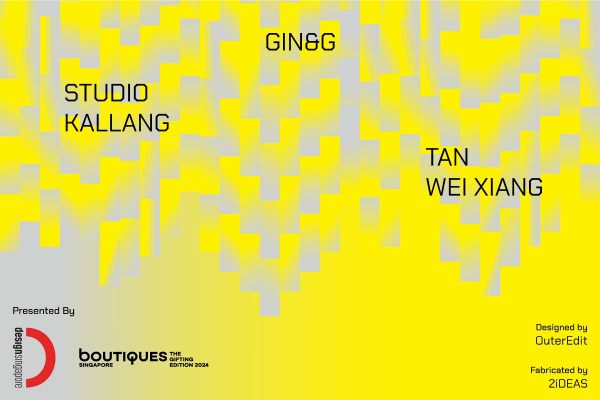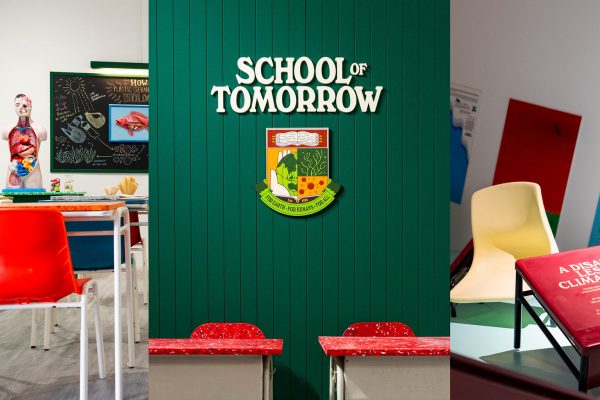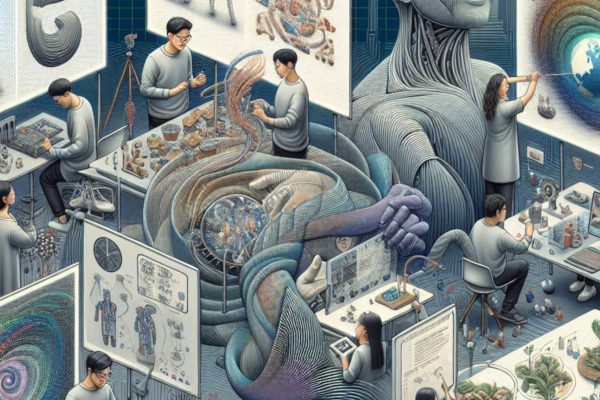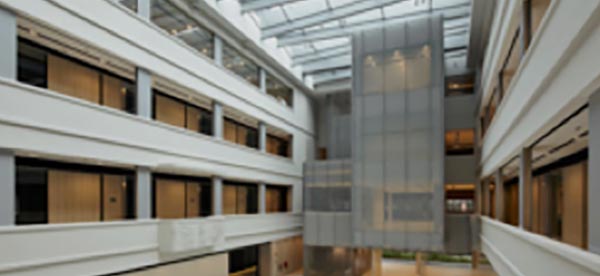In adopting design thinking as a driver of innovation, Mandai Park Holdings, which operates the Singapore Zoo, started small and from the ground up. Belina Lee, who heads its Group Strategy & Innovation Division, tells Pamela Ho how they customised the approach to design two projects for children at the zoo, and beyond.
The Singapore Zoo, Night Safari, River Safari and Jurong Bird Park are award-winning parks operated by Wildlife Reserves Singapore, overseen by Mandai Park Holdings, a Temasek Portfolio Company. While the parks have always focused on delivering exceptional guest experiences, Belina Lee – Group Chief of Strategy & Innovation at Mandai – shares that they only formally adopted Design Thinking (DT) as a tool and framework in 2018.
“The difference with DT is having deep empathy for the guest right at the start of any problem- solving,” she explains.
Prompted by the need to digitally transform the organisation, this adoption of design thinking for innovation initially fell under the purview of Corporate Development, which Lee was then heading.
The Division has since evolved into Strategy & Innovation, which is tasked to accelerate and scale innovation and transformation. At the core of their transformation endeavour has been an intense focus on users, through tools such as ethnography and multi-disciplinary consumer research.
“So digital transformation was strategised from a consumer lens,” says Lee.
Recruiting the Design Champions
The first challenge was to rally support from the top leadership. “At the time, there were other strategies we were considering – like Six Sigma for business excellence – and there was a conversation about which was more critical at that point. We agreed that, in terms of priority, DT was something we should run first. So we championed this successfully and proceeded to trial DT on two new projects,” recounts Lee.
The next challenge was to meaningfully engage staff in the process – yet another challenge, but she reasons, “If you want to drive change, the ground-up approach is the most impactful way because stakeholders see and appreciate the value of DT and want the change themselves. Results are never guaranteed because DT is just a tool. To deliver outcomes, you must use the tool well.”
To address this, champions were identified to help drive DT. “In every organisation, there are people hungry for change and eager to try new things. We identified them and got them on-board. But we also wanted the cynics because if we won them over, they would be the best ambassadors!”
Once the DT champions were identified, they were taken through the pilot projects: Rainforest KidzWorld – a more complex organisation-wide project involving staff from 18 departments – and My Animal Buddy, which involved three departments.
Design consultancy firms Awaken Group (Rainforest KidzWorld) and Savant Degrees (My Animal Buddy) were then engaged to guide the process.
Discovering the Real Issues
Citing the example of My Animal Buddy (as Rainforest KidzWorld was still in the design phase at the time of the interview), Lee shares the aim to nurture children’s love for animals and wildlife.
Using DT as a framework, the team started by gathering broad-stroke insights on parental concerns from social listening across key social sites like KiasuParents.com and SingaporeMotherhood.com, coupled with multiple interviews and observations of the target segment.
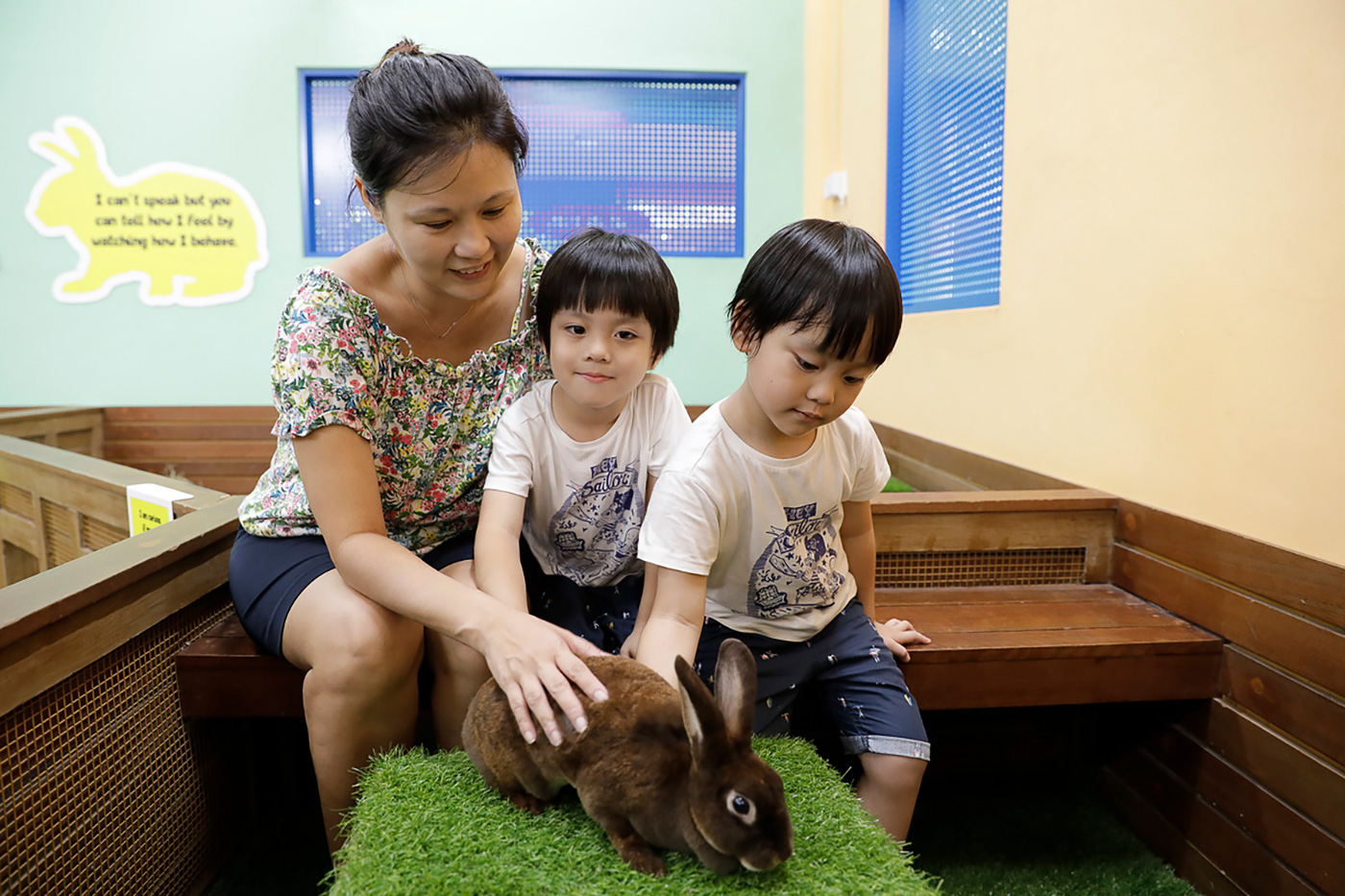
“It started with a hunch. On our part, we wanted guests to value and conserve wildlife, but Singaporean parents were more concerned about their kids thriving and developing well. Conservation was not top-of-mind,” she says of their findings. “As such, there’s a complete disconnect between what we wanted and what parents wanted.”
If the team had set out to design the programme based on their own objectives, they would have completely missed the point.
To Lee, the quality of the Discover phase was key to their process. “In this phase, you can dig really deep or just scrape the surface. There is no right or wrong. But the sweet spot you land in will determine the effectiveness of your solution.”
Framing the problem statement right led to many Aha! moments for the team. In this case, it was found that parents and children wanted to interact with animals, but 90 percent of families visit once a year.

The question that they realised they should be asking was: “How can we provide more opportunities for animal interaction in the everyday lives of these children?”
Making the Right Connection
When the team started to ideate, they landed on the concept of My Animal Buddy, where your animal friend doesn’t live in your house, but in the zoo.
“Children want pets but parents don’t. Yet parents believe that having a pet is good for their child’s development; so how do you reconcile that?” Lee says. “We definitely hit on something with this idea, so we started to draft user journeys, and then to prototype and test.”
For example, they placed a mobile container at the entrance of the zoo and tested the concept with children and their parents to observe the interactions.
With My Animal Buddy, every child has a chance to befriend one of our animals and can have a window to what goes on behind the scenes in our parks.
Subscription is free and children can “connect” with a zoo bunny from home. They receive an e-certificate, bunny sends them online messages to share a fun fact, update or video. They can can start learning more about the animals and keepers through exclusive videos and articles from the comfort of their homes. There is also a pipeline of upcoming features such as live cameras and live chats with Keepers.
Of the families that participated, 80 percent created an account, activated it and visited the website. This indicated an interest in engaging with such content, which was a step closer to the team’s goal of providing more opportunities for animal interaction in the everyday lives of these children.
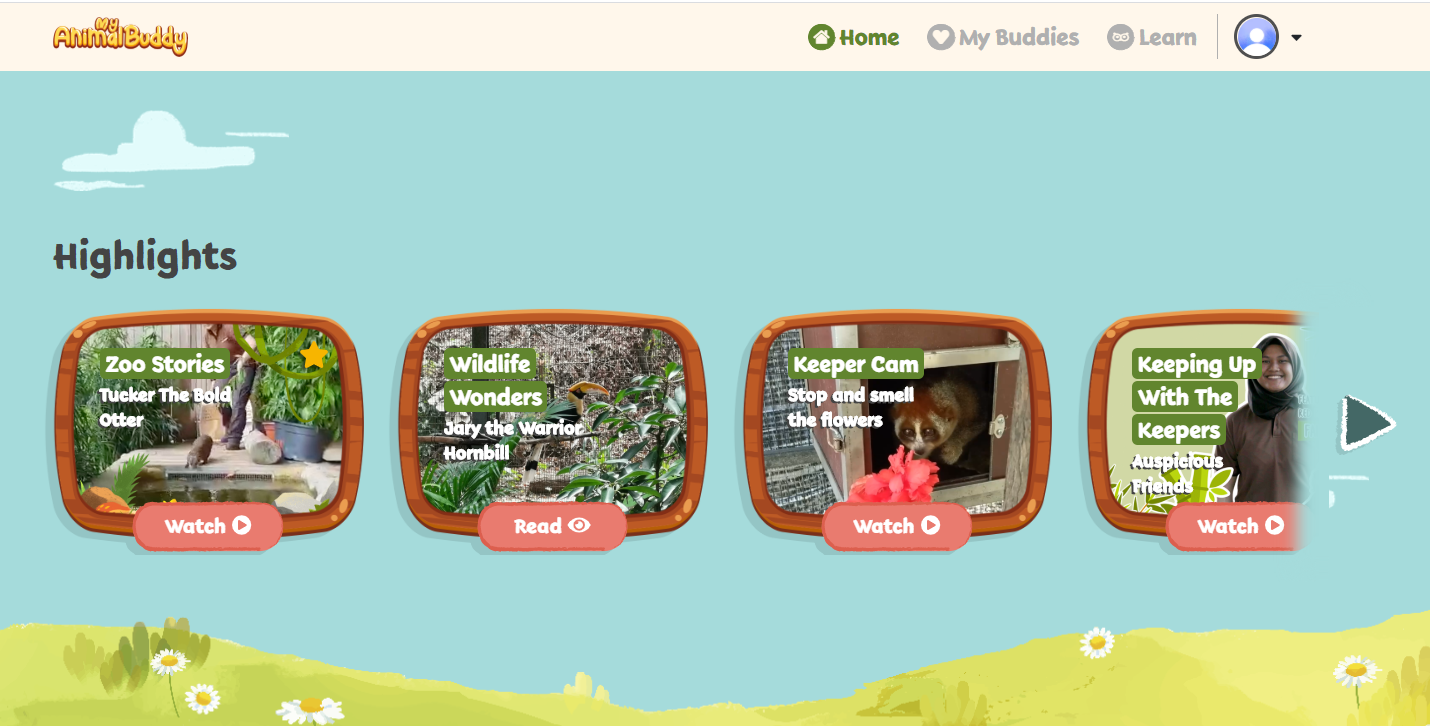
Keeping an Open Mind to New Opportunities
Mandai was able to identify blind spots to address because they kept an open mind. “If you go through the Discover phase expecting to validate your hypothesis, you will find what you want to validate,” says Lee. “But if you’re truly open, you may discover that sometimes, all your assumptions are wrong and that shapes how you reframe your problem statement.”
New insights also arose when DT was overlaid with Prof Clayton Christensen’s Jobs to be Done theory of innovation. This approach asks the question “What is the job consumers want to hire a product to do?”. For example, if the “job to be done” is to engage children beyond park visits, then the organisation may need to generate digital content (“hire a product”) to do that.
Prof Christensen’s approach is very effective in this zone, revealing blind spots and opportunities. “When you overlook this lens, you keep operating in the current paradigm, refining your offering to make it more appealing, cost effective or experiential. But when you overlay his lens, suddenly you see completely new opportunities,” says Lee, giving the example of translating online interactions to real-life interactions at their Buddy Barn and driving meaningful revisits.
By complementing DT with consumer journey mapping techniques and Prof Christensen’s Jobs to be Done approach, Mandai has customised a unique strategy that works for them.
The initial successes with My Animal Buddy’s prototypes indicate that they are going down the right path. The platform, which was planned for an official launch in October 2020, was soft-launched in April 2020 in response to the COVID-19 situation. To give children a way to stay in touch with their animal buddies during the “circuit breaker” period when everyone was asked to stay home, Mandai rolled out some features of the platform, ahead of time.
Mandai’s DT journey will continue with the revamp of Rainforest KidzWorld, a more complex organisation-wide project, and there are already more DT-led projects in the pipeline such as re-imagining guest arrival experiences. It’s still a work in progress, she says, because “consumer needs and expectations are changing very fast, and we don’t operate in a vacuum; so it’s important to continuously sharpen our saw.”

Mandai Park Holdings
Mandai Park Holdings (MPH) is driving the rejuvenation of Mandai Precinct into an integrated nature and wildlife destination, through its development arm, Mandai Park Development (MPD). MPH also oversees the business and strategic development of Wildlife Reserves Singapore (WRS), the operator of Singapore’s award-winning Jurong Bird Park, Night Safari, River Safari and Singapore Zoo.
